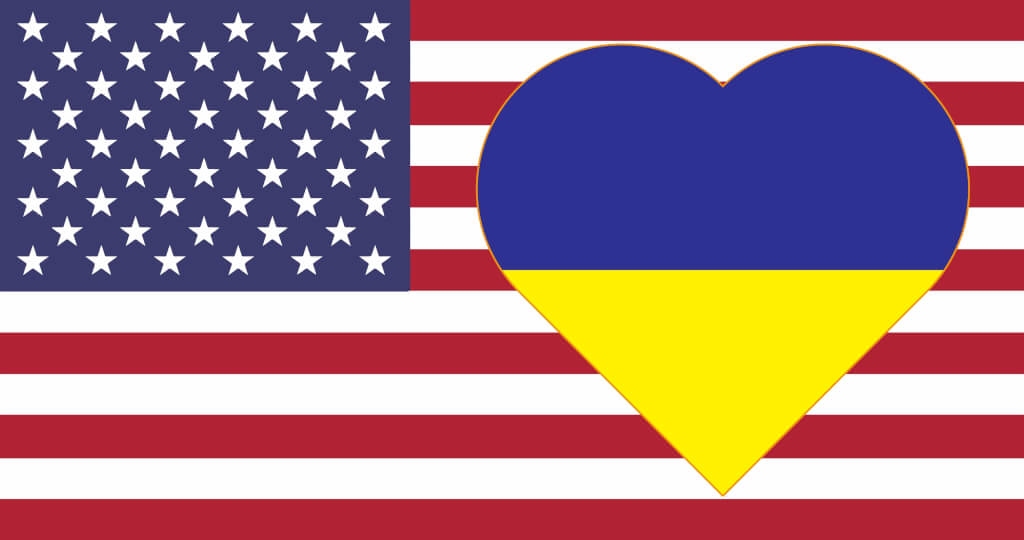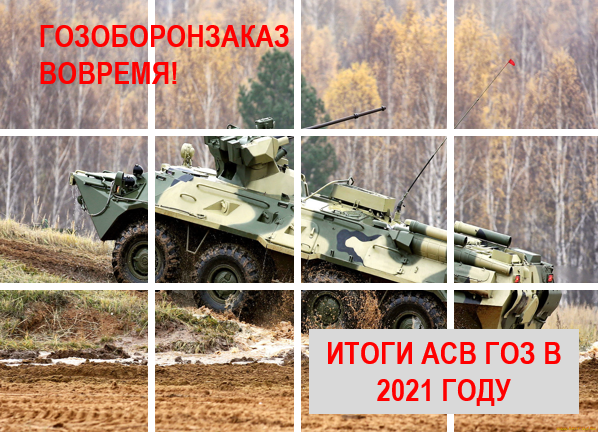
Financial assistance for Ukraine - Lend-Lease XNUMXth century
President of Ukraine Volodymyr Zelensky gets acquainted with weapons supplied by Western countries at a training ground in the Rivne region on February 16, 2022. In the foreground is the Stinger Dual Mount short-range anti-aircraft missile system.
During World War II, the Allies fighting the Axis Powers could count on huge American supplies transferred under the federal Lend-Lease Act passed on March 11, 1941. The beneficiaries of these deliveries had to pay only for the remaining arms and equipment in their resources after the end of the war, or return them. Today, the Armed Forces of Ukraine can count on similar assistance in similar circumstances, but on a completely free basis (at least at the present stage).
On February 24, the Russian offensive against Ukraine began. We will not delve into the course of this war, describe the successes and failures or mistakes of the parties to the conflict. We will focus on the supply of weapons and ammunition (but not only this, more later) coming before and after the outbreak of the war from broadly understood Western countries, and their significance for the course of hostilities.
The loud silence before the storm
In view of the increasingly visible preparation of the Armed Forces of the Russian Federation for the invasion of Ukraine, officially confirmed by representatives of the governments and intelligence services of the United States and Great Britain, some Western states that are members of the North Atlantic Alliance have begun an initiative to transfer to the Ukrainian side surplus defensive weapons and military equipment to their own armed forces. The first statements about assistance to the Armed Forces of Ukraine, which were noted in the media, were made in the West in December 2021 from the Baltic countries and the United States. On December 21, during a meeting of the heads of defense departments, they announced their intention to provide military assistance to Ukraine. As for the specifics, the authorities of the Republic of Estonia announced on December 30 that Tallinn would provide the Armed Forces of Ukraine (SZU) with weapons and ammunition. According to Peeter Kuimet, head of the international cooperation department of the Ministry of Defense of the Republic of Estonia, Tallinn intended to send FGM-148 Javelin anti-tank guided missiles and 122-mm towed howitzers from the United States to Ukraine. H63 (the local designation of the D-30 cannon, the Estonian Defense Forces purchased such howitzers from them in Finland, which, in turn, acquired them in Germany, from the resources of the National People's Army of the GDR, which soon caused problems, which will be discussed later). A few days later, Minister of Defense of the Republic of Latvia Artis Pabriks assured Ukrainian Ambassador to Riga Oleksandr Mishchenko that Latvia would also provide weapons and equipment to Ukraine, and also stated that his state looked forward to industrial cooperation with Ukraine. In January, humanitarian transport was supposed to arrive in Ukraine, and later SZU was supposed to receive short-range Stinger Dual Mount anti-aircraft systems using FIM-92 Stinger missiles. The transfer of the same kits was announced by the Republic of Lithuania (which was also ready to transfer the Javelin anti-tank systems) - the first Lithuanian Stingers arrived in Ukraine on February 13, along with several HMMWVs. Of course, in order to transfer imported weapons, these countries had to obtain the consent of the original suppliers - in the case of the US State Department, this was not a problem, the corresponding consent was issued on January 19 of this year.
The British showed an excellent pace of deliveries - within a few hours after the decision of the government, the first batch of weapons was sent to Ukraine aboard C-17A aircraft from the 99th Squadron of the Royal Air Force.
The United States, in turn, approved US$ 2021 million in military aid to Ukraine in December 200, with Republican Party politicians requesting another half a billion. Prior to the start of the war, the SZU received at least 17 shipments of weapons and ammunition with a total weight of about 1500 tons. Most of the American military aid arrived at Boryspil Airport near Kiev aboard Boeing 747-428 commercial carriers. . Due to the good availability of photographic material and its high quality, you can be sure of the contents of some shipments. For example, on January 22, Ukraine received Javelin anti-tank missiles well known to the Ukrainian military (according to the data at the end of 2021, before this information was provided, Ukraine received 77 BPU and 540 ATGMs), as well as grenade launchers with M141 BDM anti-concrete warhead, which are already were new (the first training sessions were held in the last week of January). It is not known how many rockets and grenade launchers there were, the latter are supposedly more than a hundred.
The UK provided substantial and immediate assistance to Ukraine. British Defense Secretary Robert Ben Wallace on 17 January this year. he announced that his government would provide Ukraine with weapons. These were supposed to be, in his words, "light anti-tank defense systems" - it was assumed that these could be disposable AT4 grenade launchers or NLAW or Javelin missile systems. On the same day, a British cargo plane Boeing C-17A Globemaster III delivered the first cargo to the airport near Kiev. This information was quickly confirmed, and the British airlift was so effective that on 20 January the London Ministry of Defense announced the transfer of about 2000 NLAW (19 C-17As had been sent to Ukraine by 25 January). Instructors arrived with weapons, who immediately began theoretical training (even a simplified instruction on the use of NPAO was issued in Ukrainian), and on January XNUMX practical exercises on the use of NPAO began. It is worth adding that in the following days more military transport aircraft from the United Kingdom landed in Ukraine, but what was on board (more NLAW, other types of weapons, ammunition, medicines?) is unknown.
In turn, the Canadian authorities announced on January 26 that they would provide military assistance to Ukraine in the amount of 340 million Canadian dollars, as well as another 50 million humanitarian aid, etc. Part of these funds was to be used to extend the training mission conducted since 2015 by the Armed Canadian forces in Ukraine (Operation "Unifier"). Canadians were to increase the training contingent from 200 to 260 troops, with the possibility of further expansion to 400 people. Their mission was supposed to last until at least 2025, and the effectiveness is evidenced by the fact that in 2015-2021 almost 600 33 Ukrainian military men completed more than 000 courses. According to Canadian media, Ukraine was also supposed to receive weapons worth 10 million Canadian dollars by refusing to supply weapons to the Kurds. Already on February 14, contrary to the previous position of the Canadian authorities, the Department of National Defense announced the shipment of small arms, accessories and 1,5 million small arms ammunition worth 7,8 million Canadian dollars. The transports arrived in Ukraine on 20 and 23 February aboard a Royal Canadian Air Force C-17A.
The countries of "continental" Europe were also to provide broad support. Some tried harder than others. For example, on January 24, Czech Prime Minister Petr Fiala announced that he would hand over artillery ammunition to Ukraine, stating that it would only be a matter of time before it would be formally agreed to. In turn, Czech Defense Minister Yana Chernokhova clarified that we are talking about 152 mm caliber ammunition. On January 26, Czech Defense Ministry spokesman Jakub Fayor said that the Czech Republic would provide Ukraine with 4006 152mm artillery grenades over the next two days. Importantly, Ukraine did not pay a single hryvnia for the 36,6 million CZK (approximately US$1,7 million) aid. The Czechs approached the issue very interesting in terms of procedures - the delivery of ammunition to Ukraine consulted with representatives of the General Staff of the Czech Armed Forces, and the process of delivery of ammunition itself had to be monitored and evaluated by crisis personnel working in the Ministry of Foreign Affairs. The neighbor of the Czech Republic, Slovakia, in turn, announced the transfer to Ukraine of two unmanned pioneer vehicles with Božena 5 anti-mine trawls and medical equipment. The total cost of the package was to be 1,7 million euros, the decision was announced on February 16 by the Minister of Defense of the Slovak Republic, Jaroslav Naj. Denmark and the Netherlands "did not rule out" sending weapons to Ukraine (but in the case of the authorities of the Kingdom of the Netherlands there was a change of position, as they had previously argued that sending weapons to Kiev could "lead to an escalation"), and the Kingdom of Denmark announced that it would send a military assistance in the amount of 22 million euros.

